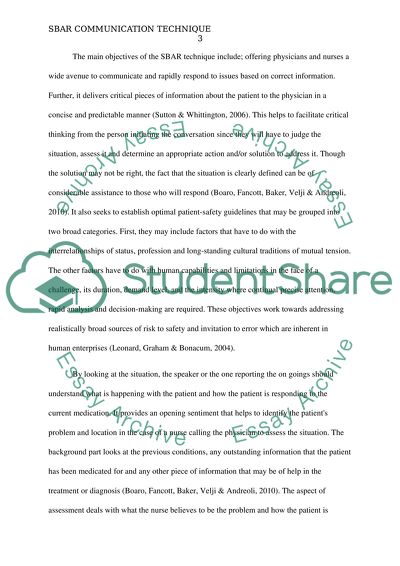Cite this document
(“Using the SBAR Communication Technique Research Paper”, n.d.)
Using the SBAR Communication Technique Research Paper. Retrieved from https://studentshare.org/nursing/1452805-using-the-sbar-communication-technique
Using the SBAR Communication Technique Research Paper. Retrieved from https://studentshare.org/nursing/1452805-using-the-sbar-communication-technique
(Using the SBAR Communication Technique Research Paper)
Using the SBAR Communication Technique Research Paper. https://studentshare.org/nursing/1452805-using-the-sbar-communication-technique.
Using the SBAR Communication Technique Research Paper. https://studentshare.org/nursing/1452805-using-the-sbar-communication-technique.
“Using the SBAR Communication Technique Research Paper”, n.d. https://studentshare.org/nursing/1452805-using-the-sbar-communication-technique.


